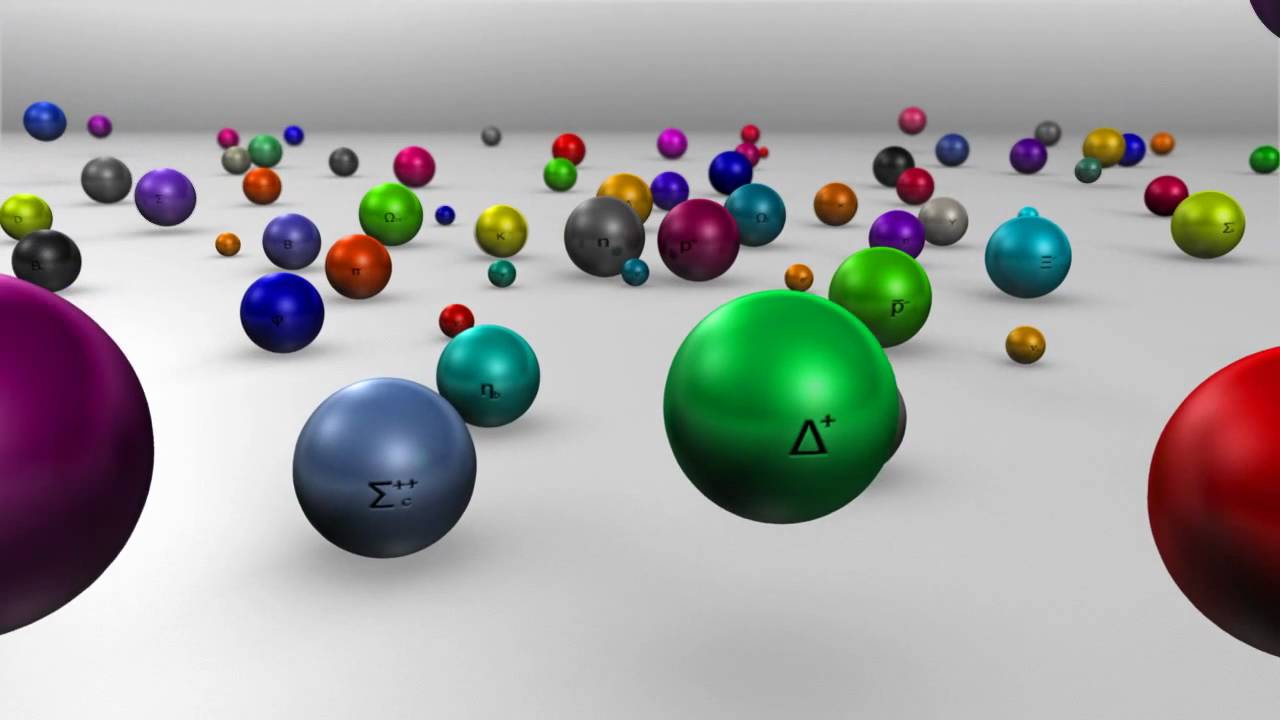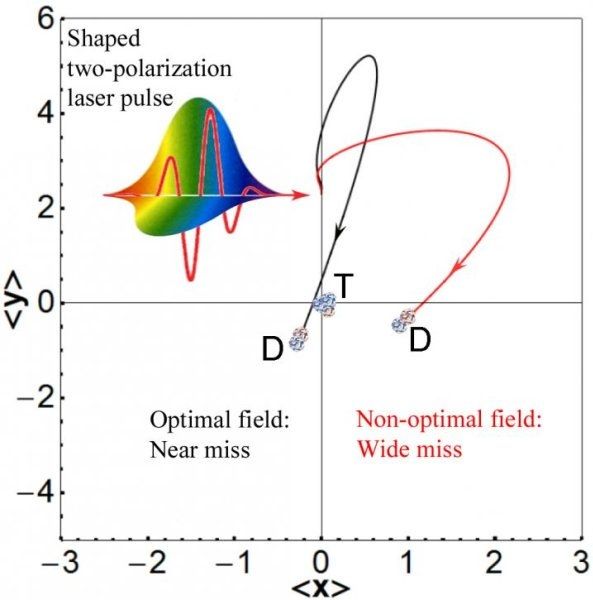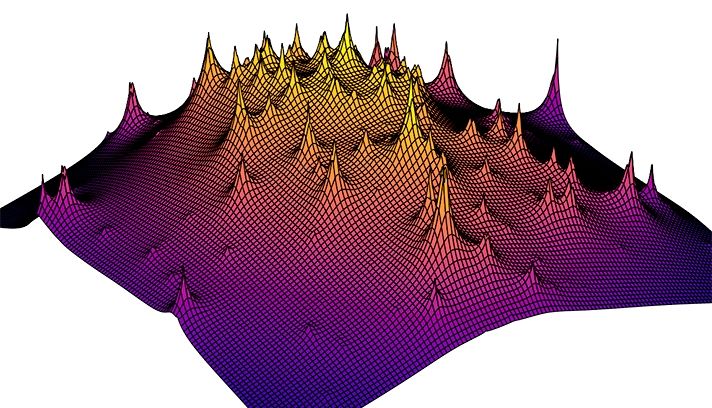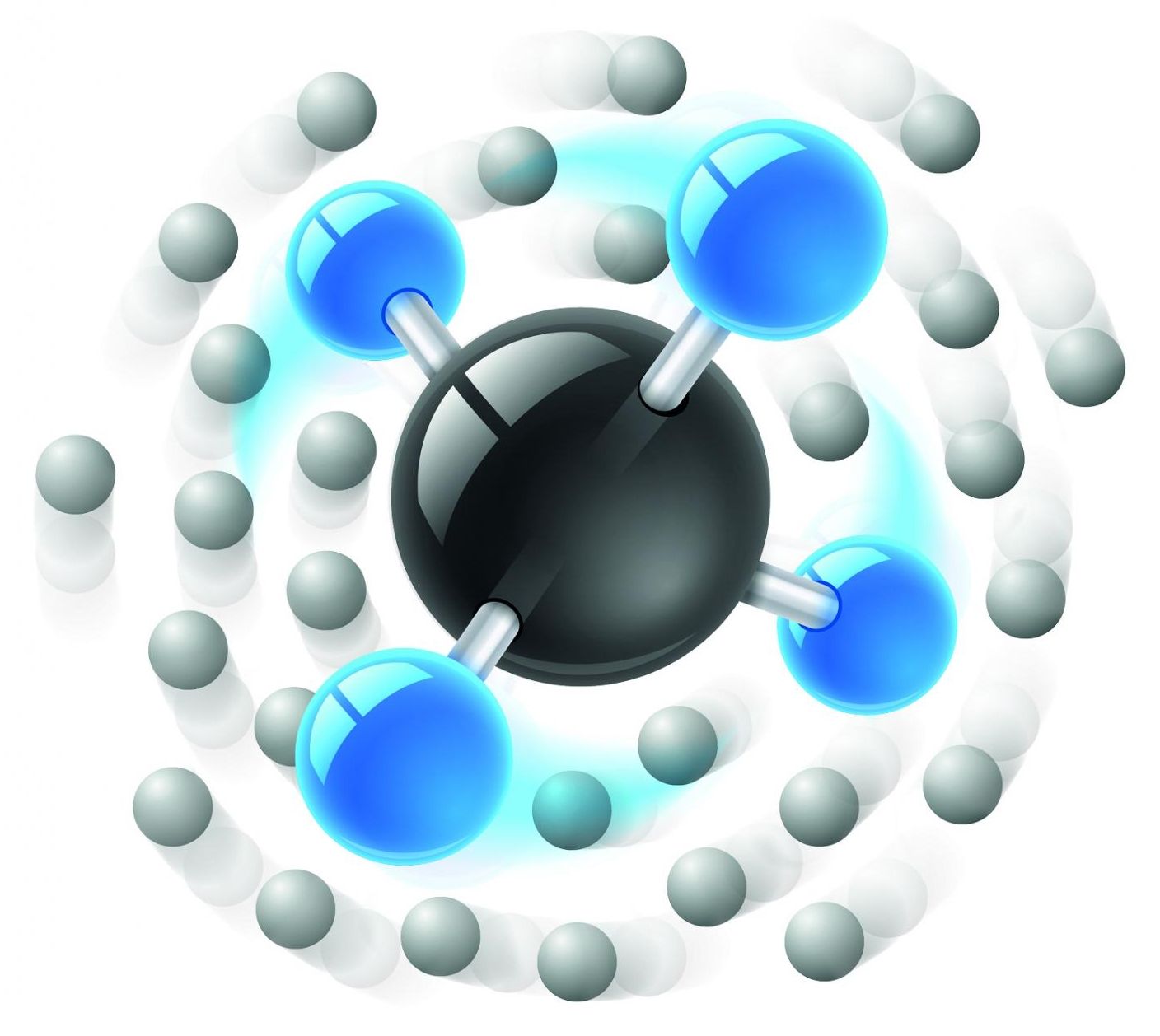The European Council for Nuclear Research (CERN) works to help us better understand what comprises the fabric of our universe. At this French association, engineers and physicists use particle accelerators and detectors to gain insight into the fundamental properties of matter and the laws of nature. Now, CERN scientists may have found an answer to one of the most pressing mysteries in the Standard Model of Physics, and their research can be found in Nature Physics.
According to the Big Bang Theory, the universe began with the production of equal amounts of matter and antimatter. Since matter and antimatter cancel each other out, releasing light as they destroy each other, only a minuscule number of particles (mostly just radiation) should exist in the universe. But, clearly, we have more than just a few particles in our universe. So, what is the missing piece? Why is the amount of matter and the amount of antimatter so unbalanced?









